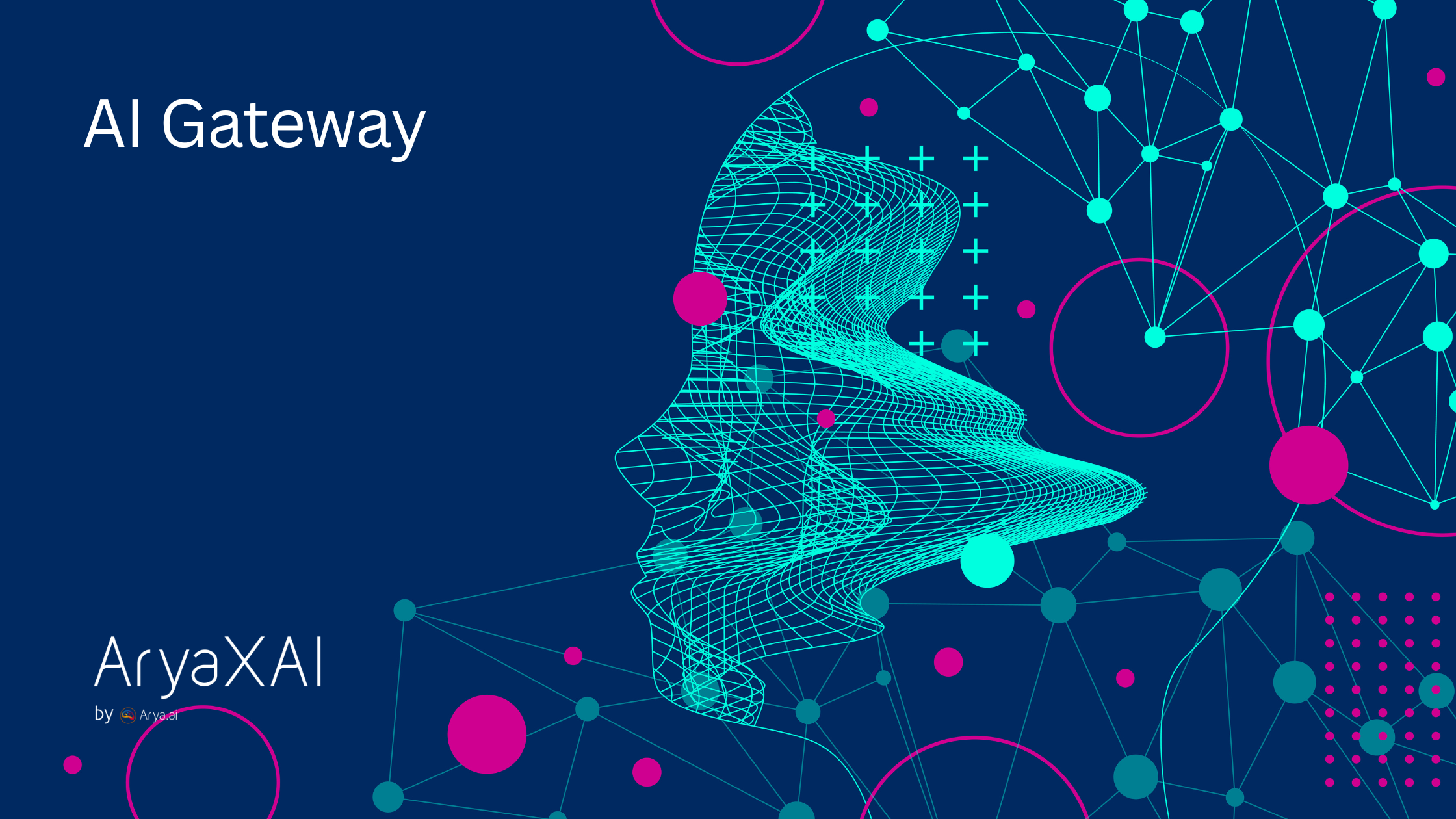Sustainable and Green AI Inference: Powering the Future with Responsible Intelligence
October 23, 2025

Why AI Inference Must Go Green?
In the rapidly evolving world of Artificial Intelligence (AI), much attention has focused on building larger and more complex models. But the true operational battleground increasingly lies in AI inference — the phase where trained models are deployed in real-time to generate predictions, decisions, and responses. As enterprises adopt Agentic AI, LLM reasoning, and distributed intelligent systems, the scale of inference workloads is growing exponentially. According to latest research on AI inference, one of the key future trends is “sustainable AI solutions… reducing the environmental-footprint of AI models, especially large-scale, during training and inference.”
This means that green AI inference, sustainable infrastructure, and low-carbon compute are no longer nice-to-haves, they are essential components of the next-gen AI architecture. In this article we explore why sustainable inference matters, what the key enablers are, and how organisations can integrate AI governance, AI observability, AI interpretability and LLM risks into their infrastructure decisions.
The Inference-Efficiency Imperative
Each interaction - whether a chatbot response, a video-stream analysis, an IoT sensor decision, is an inference event. When scaled across millions or billions of endpoints, inference becomes the largest continuous cost centre - for energy, hardware depreciation, latency and carbon footprint.
From an AI engineering perspective, this means:
- Real-time constraints amplify the need for ultra-efficient pipelines.
- Edge deployments demand minimal power, minimal thermal dissipation.
- Enterprises must consider not just model accuracy but cost-per-inference, power-per-prediction, and LLM interpretability (so decisions remain auditable).
- With AI regulations increasingly incorporating energy disclosures and sustainability metrics, organisations deploying AI at scale must embed sustainability into the infrastructure strategy, not treat it as an after-thought.
Key Pillars of Green AI Inference
To build inference systems that are both high-performing and sustainable, enterprises must address multiple dimensions simultaneously: hardware, software, architecture, governance. Here are the key pillars:
1. Hardware & Infrastructure Optimisation
- Deploy inference accelerators specialised to the workload rather than general-purpose hardware (which wastes energy).
- Use quantisation, pruning, sparsity and hardware-aware model design so that inference compute is minimal.
- Enable edge/on-device processing to reduce data-centre transport costs and network-related energy drain.
- Monitor hardware utilisation via AI observability frameworks to ensure idle cycles don’t translate to wasted power.
2. Model & Pipeline Efficiency
- Model-hardware co-design: Align network architectures with hardware capabilities so inference computation is efficient.
- Adopt techniques like knowledge distillation, model compression, adaptive execution (models switch paths depending on complexity).
- Use monitoring and telemetry to track LLM risks, inference quality drift, and ensure AI interpretability in deployment.
3. Architecture & Deployment Strategy
- Hybrid cloud-edge architectures that off-load less latency-sensitive inference to low-power devices, reserving high-throughput data-centre nodes for heavy tasks.
- Dynamic scaling and right-sizing of inference clusters—avoiding over-provisioning, which leads to wasted power.
- Embedding agent governance in the loop so agentic AI inference flows are traceable, auditable, and aligned with sustainability goals.
4. Governance, Observability & Compliance
- Implementing AI governance frameworks that include sustainability KPIs alongside accuracy, latency and cost.
- Using AI interpretability and AI explainability tools to trace how inference decisions are made—important when low-power optimisations (like quantisation) introduce new risks.
- Tracking LLM alignment and LLM risks: when inference models are operating autonomously, the downstream consumption of energy and compute must be governed and controlled.
Why Sustainable AI Inference is Strategic
Embedding sustainability into inference infrastructure is not just morally right - it’s strategically essential for enterprises. Here’s why:
- Cost savings: Lower power consumption, smaller cooling requirements, efficient hardware means lower total cost of ownership.
- Regulatory preparedness: With AI regulations evolving globally, disclosures around energy usage and carbon footprints will become mandatory.
- Brand & stakeholder value: Sustainability credentials are increasingly important for investors, customers and partners—especially for organisations deploying Enterprise AI at scale.
- Scalability and resilience: As inference workloads balloon (especially for multi-modal, real-time, agentic systems), inefficient infrastructure becomes a bottleneck. Green inference systems scale better.
- Enabling innovation: With lower compute energy budgets, organisations can afford to run more experiments, iterate faster, and maintain AI alignment without unsustainable resource escalation.
Practical Steps for Organisations
Here’s a roadmap for organisations looking to adopt sustainable and green AI inference practices:
- Audit current inference workloads: Measure energy consumption per-inference, latency vs power trade-offs, idle hardware utilisation.
- Set governance KPIs: Define metrics for latency, throughput, carbon per inference, AI interpretability rate, LLM risk incidents.
- Adopt efficient model strategies: Use quantisation, pruning, and model distillation; evaluate hardware-aware model design.
- Choose infrastructure wisely: Evaluate edge vs cloud inference, specialised accelerators, dynamic scaling.
- Embed observability: Use AI observability tools to monitor inference runs, resource usage, drift, and decision explainability.
- Align with governance frameworks: Ensure your inference stack supports AI governance, agent governance, audit logs, versioning and alignment mechanisms.
- Review vendor and hardware partners: Partner with providers who prioritise energy efficiency, sustainable data-centre practices and carbon reporting.
- Iterate and optimise: Treat inference sustainability as an ongoing process—monitor, refine, and improve rather than a one-time task.
Future Outlook: The Green Inference Horizon
Looking ahead, several trends will shape the next phase of sustainable AI inference:
- Miniaturised accelerators and on-device AI will push real-time inference into low-energy environments (mobile, IoT, autonomous systems).
- AI platforms offering “Inference-as-a-Service” will start reporting energy-per-query and carbon per decision benchmarks.
- Integration of AI observability with agent engineering and agent observability will allow closed-loop feedback where inference decisions drive optimisation for both performance and sustainability.
- Regulation will force transparent reporting of inference compute, energy consumption and lifecycle emissions—making sustainable inference a differentiator.
- Model architectures themselves will embed energy-awareness: e.g., adaptive computation where simple inputs use minimal compute, complex inputs trigger deeper networks.
Conclusion
Sustainable and green AI inference isn’t an optional extra - it’s foundational to building responsible, scalable, and financially viable enterprise AI systems. By weaving together AI engineering, AI observability, AI governance, and AI interpretability with a focus on efficiency and sustainability, organisations can deploy Enterprise AI, Agentic AI, and LLM reasoning systems that deliver value without compromising planet or future infrastructure budgets.
Every inference decision now carries not only a business outcome but also a sustainability footprint. Building the future means designing inference systems that are fast and responsible—where green compute becomes a strategic asset, and where the next generation of models think smarter, faster and lighter.
SHARE THIS
Discover More Articles
Explore a curated collection of in-depth articles covering the latest advancements, insights, and trends in AI, MLOps, governance, and more. Stay informed with expert analyses, thought leadership, and actionable knowledge to drive innovation in your field.

Is Explainability critical for your AI solutions?
Schedule a demo with our team to understand how AryaXAI can make your mission-critical 'AI' acceptable and aligned with all your stakeholders.



.png)



















